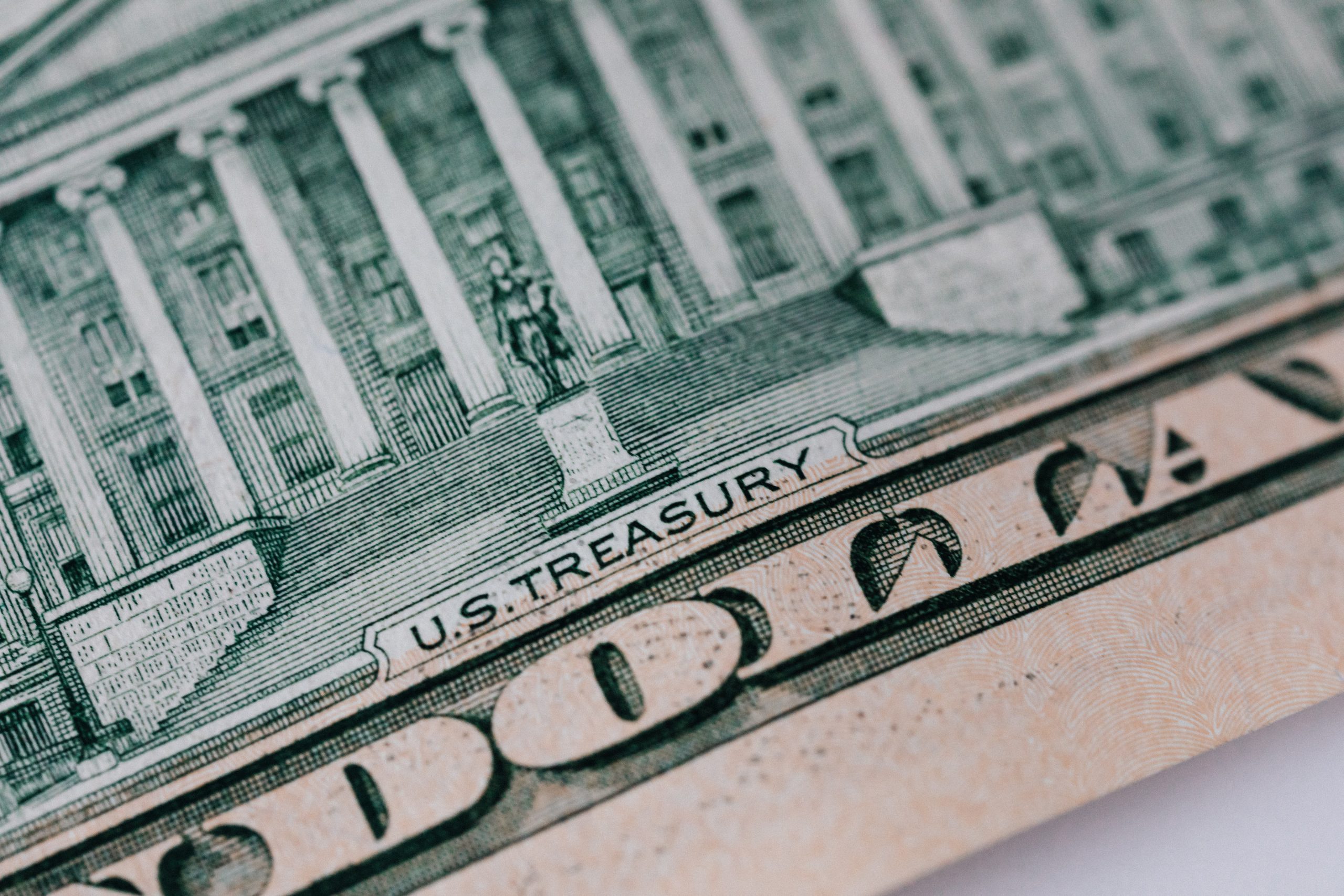In the world of global finance, there’s a currency that stands tall, casting a shadow over all others – the US dollar. Its influence is undeniable, and its trends can make or break economies. Today, we delve into the intricate web of global finance to understand the profound impact of currency trends, with a specific focus on the almighty US dollar.
As a financial journalist, I will guide you through the intricate dynamics of the global currency market, revealing the real-world consequences of dollar movements and shedding light on the key factors at play.
The Dollar’s Dominance
The US dollar has long held the position of the world’s primary reserve currency, a title earned over decades of economic and political might. Nations around the globe store their wealth in US dollars, and countless transactions are conducted using the greenback. This dominance has given the United States a unique position of power in global finance.
The Ripple Effect
A shift in the value of the dollar can create a ripple effect that impacts everything from trade balances to interest rates. A strong dollar can make US exports more expensive and less competitive, affecting American industries and jobs. Conversely, a weak dollar can boost exports but potentially lead to inflation. The global economy watches these fluctuations with bated breath, as they have far-reaching implications.
Geopolitical Impact
Currency trends are not solely influenced by economic factors. Geopolitical events can send shockwaves through currency markets. Sanctions, political instability, or international conflicts can lead to swift changes in currency values. Understanding these connections is key to comprehending the complexity of the global financial system.
The Role of Central Banks

Central banks play a crucial role in shaping currency trends. Through monetary policy, they can manipulate interest rates and money supply, influencing exchange rates. For instance, the Federal Reserve’s decisions have a direct impact on the value of the US dollar. A rate hike can make the dollar stronger, while rate cuts can weaken it.
Financial Instruments and Currency Trading
Currency trends offer opportunities for investors and traders. Currency markets are some of the largest and most liquid in the world. Understanding how to navigate these markets and make informed investment decisions is crucial, whether you are a large institutional investor or an individual trader.
Uncovering the Sources
For journalists, uncovering the sources of currency trends is a multifaceted endeavor. It involves analyzing economic data, monitoring central bank policies, and keeping a watchful eye on global events. Interviews with financial experts, economists, and policymakers can provide valuable insights into the factors affecting currency values.
Ethical Considerations
As journalists, it is our responsibility to report accurately and ethically. When covering currency trends, it’s essential to avoid sensationalism and base our reporting on reliable sources. We must also be transparent about any potential conflicts of interest, as the financial industry can sometimes blur the lines between journalism and finance.
The Future of the Dollar
The future of the US dollar is uncertain, as the global financial landscape evolves. The rise of digital currencies, shifting economic power dynamics, and a growing concern for environmental sustainability are just a few of the challenges that the dollar will face in the coming years.
In the world of global finance, currency trends are like the currents of a vast ocean, influencing everything they touch. The US dollar’s role as the world’s primary reserve currency gives it unparalleled power, and understanding its impact is crucial for governments, businesses, and individuals alike. As journalists, it’s our duty to shine a light on these intricate matters, providing insight, analysis, and accountability in the ever-shifting world of currency trends.




